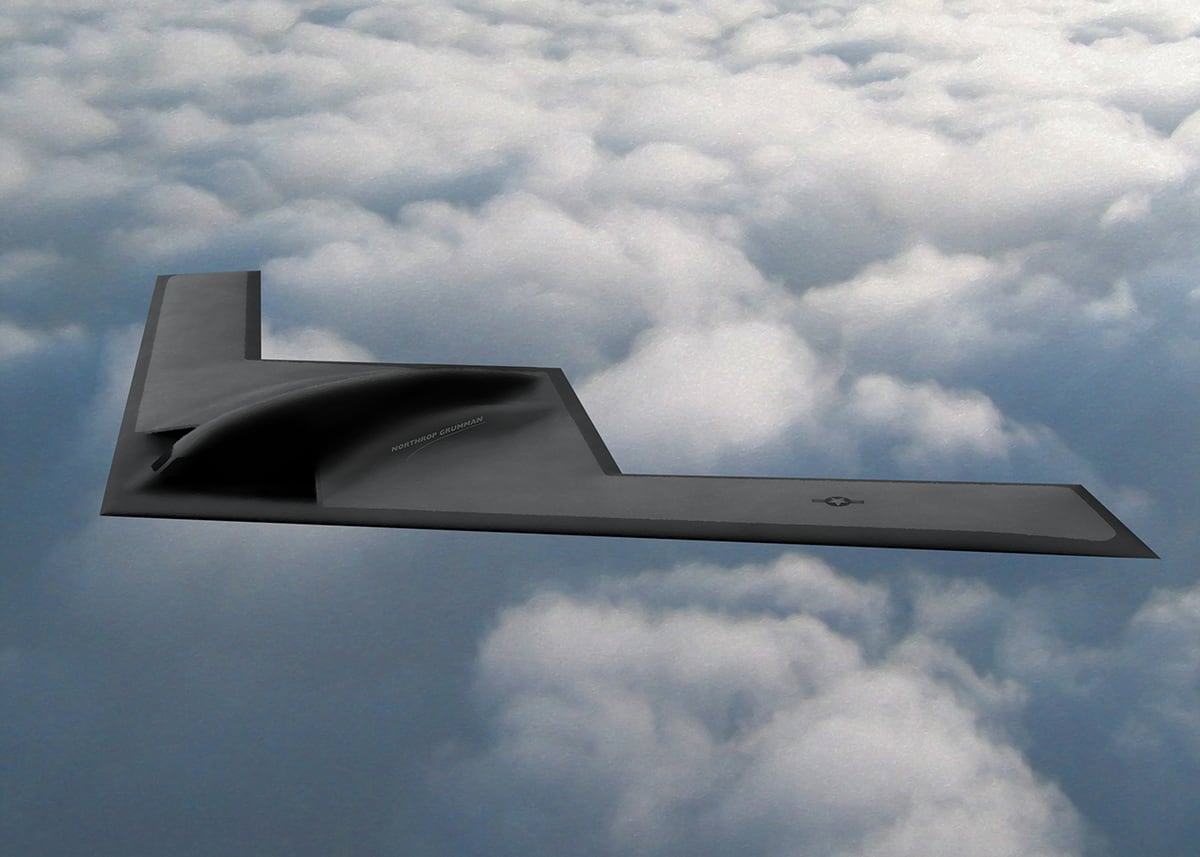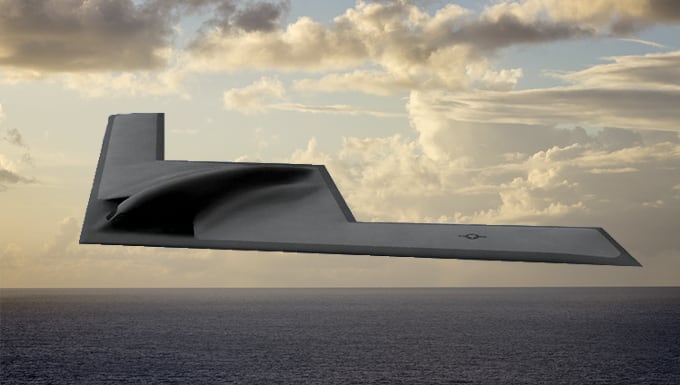The Air Force announced on Wednesday that it has chosen Ellsworth Air Force Base in South Dakota to be the first base to house an operational B-21 bomber unit, as well as the formal training unit for the Raider.
Whiteman Air Force Base in Missouri and Dyess Air Force Base in Texas will follow, and receive B-21s as they become available, the Air Force said in a release.
“These three bomber bases are well-suited for the B-21,” Air Force Secretary Heather Wilson said in the release. “We expect the first B-21 Raider to be delivered beginning in the mid-2020s, with subsequent deliveries phased across all three bases.”
The release said Ellsworth was chosen as the preferred location for the first of the advanced long-range strike bombers because it has enough space and existing facilities to accommodate simultaneous missions at the lowest cost, and with minimal impact across all three bases.
But it will probably be 2021 before the final decision on where to base the B-21 is made. The Air Force said that decision will be made after it complies with the National Environmental Policy Act and other regulatory and planning processes as part of the service’s strategic basing process.
RELATED

Last November, the Air Force announced that Tinker Air Force Base in Oklahoma would maintain and sustain the B-21, and Edwards Air Force Base in California would handle testing and evaluation. Robins Air Force Base in Georgia and Hill Air Force Base in Utah were also chosen to support Tinker on maintaining, overhauling and upgrading the B-21, the Air Force said last fall.
The Air Force plans to gradually retire the B-1 Lancers and B-2 Spirits once enough B-21s have been delivered, the Air Force said.
“We are procuring the B-21 Raider as a long-range, highly survivable aircraft capable of penetrating enemy airspace with a mix of weapons,” Air Force Chief of Staff Gen. Dave Goldfein said in the release. “It is a central part of a penetrating joint team.”
The Air Force will keep operating B-52 Stratofortresses at Barksdale Air Force Base in Louisiana and Minot Air Force Base in North Dakota. The B-52 is expected to continue conducting operations through 2050 — nearly a century after it first became operational in 1955.
Stephen Losey is the air warfare reporter for Defense News. He previously covered leadership and personnel issues at Air Force Times, and the Pentagon, special operations and air warfare at Military.com. He has traveled to the Middle East to cover U.S. Air Force operations.




